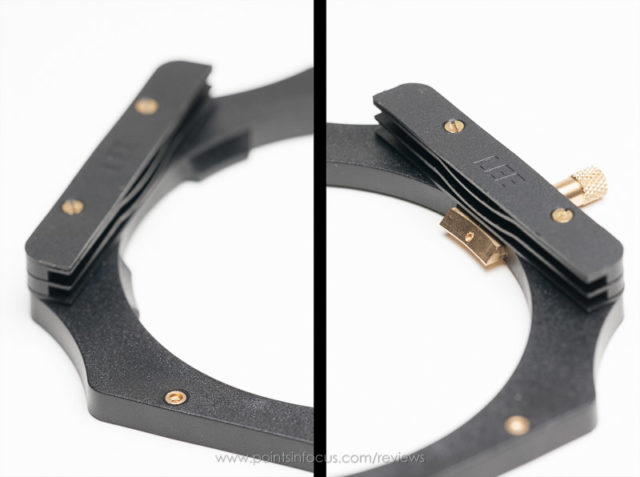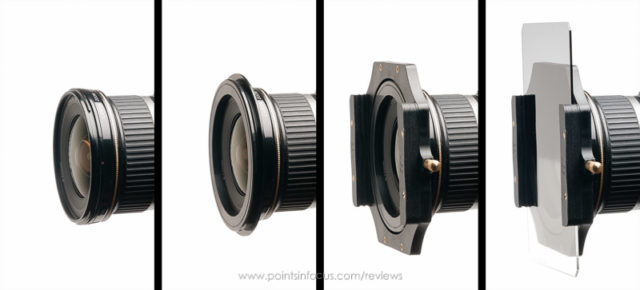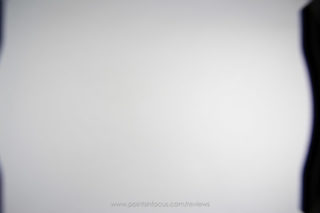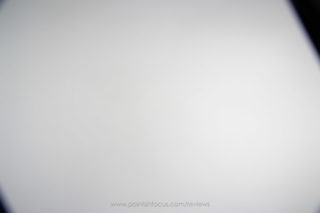Lee Filter System (Foundation Kit and Adapter Rings) Review
Two years ago, I started using rectangular filters for effects in my photography. At the time, I started with the Cokin Z-Pro system, it wasn’t my first choice, I wanted Lee’s system I’m discussing now, but at the time, I couldn’t find these holders in stock anywhere. I can’t say I’m sorry I didn’t wait, after all I bought what I bought precisely because I needed it for a project and couldn’t wait any longer anyway.
All that said, the demand for, or supply of, Lee’s holders has dropped off and I now have a Lee holder. If that alone isn’t strongly indicative of the differences between the Cokin and Lee holders, I don’t know what is. I mean I replaced a perfectly “functional” filter holder for another that does just about the same thing.
Like most things, however, the devil is in the details. And it’s in the details where Lee’s design and execution beats the Cokin Z-Pro out so much I can’t really come up with any good reasons to buy Cokin holders anymore.
Much like its counter parts, Lee’s holder is made up of 4 fundamental pieces. At its heart is the core, to which the filter slots are attached, and which in turn attaches to the adapter ring. Lee’s core, like Cokin’s and unlike Formatt-Hitech’s, is made from plastic. Plastic seems to get a bit of a bad rap a lot of the time for being cheap and easy to break. On the other hand, the loads on the plastic core of a filter holder are miniscule and I can’t find a real compelling reason to use something else, especially something heavier like metal. There’s also a secondary effect in strength, which is I’d much rather my filter holder break or pop off the ring than break the lens or lens’s filter thread. Strong is good, too strong isn’t.
The core is dotted around the periphery by 8 inset brass threads, 2 on each edge, to which the filter “slots” are attached by way of machine screws. The use of fixed threaded inserts instead of nuts, like Cokin uses, is something of a mixed bag to me.

In Lee’s favor, you don’t have to worry about losing the nuts. Moreover, Lee provides 2 different length screws, a shorter set for a 2-slot configuration, and a longer set for the 3-slot configuration. Matching the screw length to the size of the stack insures that the holder remains free of protruding screws that can snag on things.
On the other hand, changing the number of slots in the field does require a small screwdriver (I keep a Really Right Stuff MTX tool in my bag or on my belt anyway). Moreover, if you only have the short screws with you, you can’t add any more slots as they won’t engage the threads.
The “slots” themselves are made from plastic leaves that stack to form a series of slots with a spring pressure to hold the filter in place. The stack is then topped off with either a flat “cover” plate (Lee calls these blades), or what Lee calls a Rangefinder Face Blades that can be used to quickly and repeatedly position graduated filters. The typical stack is made from a thin spacer, 2 or 3 slot/spring/guides, and a top blade that covers up the alignment holes in the lower blades.
The next piece of the puzzle is how the filter holder mounts to the adapter rings. Lee’s mounting system is inset into the holder’s core, instead of sliding the holder onto an adapter ring like a filter. Three wedges, 2 fixed molded into the core and one sprung movable one, hold the holder to the adapter ring. The wedge design in turn insures that the adapter ring is held tightly against the holder insuring a tight light seal.
The holder is attached and released by way of pulling on a knurled brass tab, that retracts the moving wedge, this in turn allows the holder to snap right on to the front of a lens with an attached ring.
The final piece of the puzzle is the adapter rings. Lee offers two types of adapter rings: a standard adapter ring that runs about $30 and wide-angle adapter rings that run about $60.
The standard adapter rings are approximately 10mm thick overall (I’m estimating, as I opted to go for wide-angle adapters only) 7mm of that is used by the mounting ring itself, the remainder being the threads. These adapter rings essentially stick the filter in front of the lens’s threads by the thickness of the holder (~7mm). While thicker, the front of the adapter ring is threaded so you can attach a screw in filter or lens cap to it.
The other alternative, and the one I opted for, are the wide-angle adapters. These rings inset the threads into the adapter itself. While these rings are still ~7mm thick, they set the front of the filter holder only 2mm forward of the lens’s filter rings. As a result, holder sits much further back reducing vignetting. One side effect of this is that the front of the adapter isn’t threaded for a screw in filter or cap.

This is the feature where I find Lee’s system best differentiates itself. Sure, the mounting system makes attaching and detaching a Lee holder a little easier, but the real benefit is in how the holder handles wide-angle lenses.
How big is the difference?
A 2-slot Cokin Z-Pro holder will put the top of the holder stack about 15-17mm in front of the lens’s threads. A 2-slot Lee setup with a wide-angle adapter will put the top of the stack 10mm ahead of the front of the filter threads.
How does this work out in practice?
The images below show a comparison between Lee’s holder and Cokin’s Z-Pro holder. I set the holders up with a 2-slot stack on the left side and a 3-slot stack on the right. The two holders were then put on a Canon EF-S 10-22mm f/3.5-4.5 USM lens at 10mm and f/8 focused at infinity. The left side stack was setup for 2 filter slots and the right side 3. I ran two sets of tests, one with a standard thickness B&W protection filter on the lens, and one without.
- No Protection Filter, Squared to Frame
- No Protection Filter, 30° to Frame
- Protection Filter, Squared to Frame
- Protection Filter, 30° to Frame
That said, one thing I did notice is that the vignetting from Lee’s holder in the squared up situation is almost completely removed when the images are corrected for the distortion of the lens. In fact, distortion correction on the EF-S 10-22mm f/3.5-4.5 USM will clean up even the minor bit of interference created by rotating a 2-slot holder out of square. Of course, relying on distortion correction to remove vignetting is not something I would want to count on. Zooming back one half mm on the 10-22 (or to about 17mm on a full frame lens), should remove the vignetting from the holder completely.
In the end, standing on its own Lee’s holder is a 100mm/4 inch filter holder. It holds filters, the foundation kit allowing for up to 3, but more can be added with expansions. Of course, I said the same thing about Cokin’s Z-Pro system. On the only case where it really matters, ultra-wide angle lenses, Lee’s holder should let you get 2 filter slots on a 16mm lens, and 3 on a 17mm lens without appreciable vignetting and using the wide-angle adapters.
In a lot of respects, that’s not much of a glowing endorsement. In fact, other than the wide-angle bit, it’s not much different from what I wrote in my Cokin Z-Pro review. However, when you stack Lee’s holder up against the Cokin Z-Pro head to head, the comparative differences become more pronounced. Lee’s holder’s attachment system is faster and easier to use; the mounting mechanism makes using high-powered ND filters easy and practical (especially if you go well past 10 stops); the wide angle adapters, and inset mounting make it possible to have more filter slots with wider lenses without vignetting compared to Cokin’s Z-Pro holder. In short, I can’t really recommend the Cokin system anymore given the comparative advantages in Lee’s holder.








Comments
There are no comments on this article yet. Why don't you start the discussion?